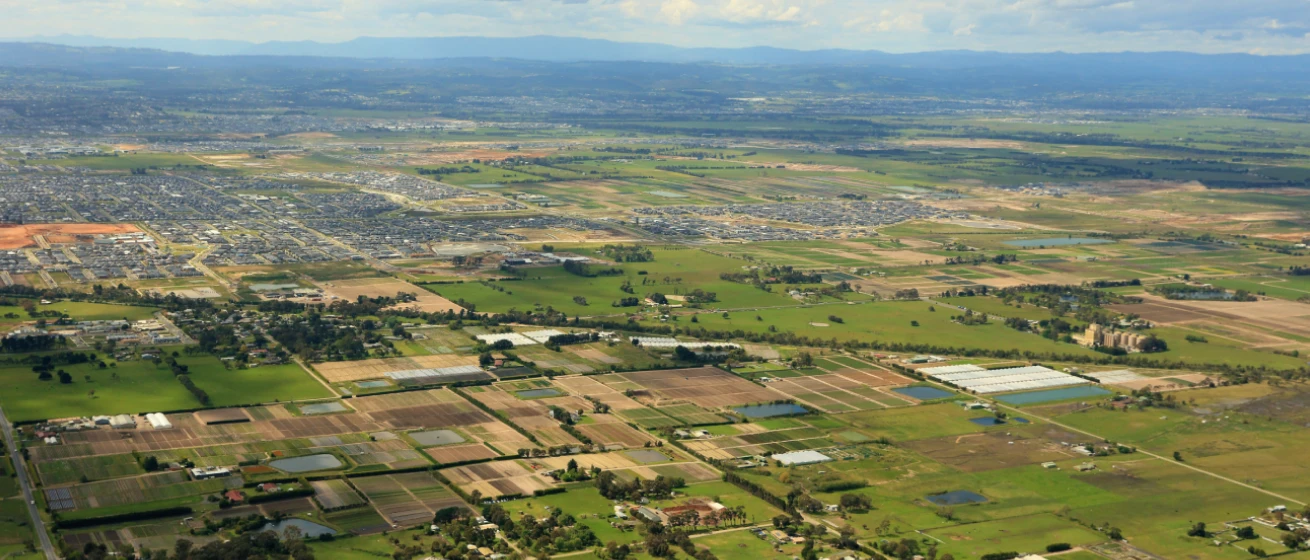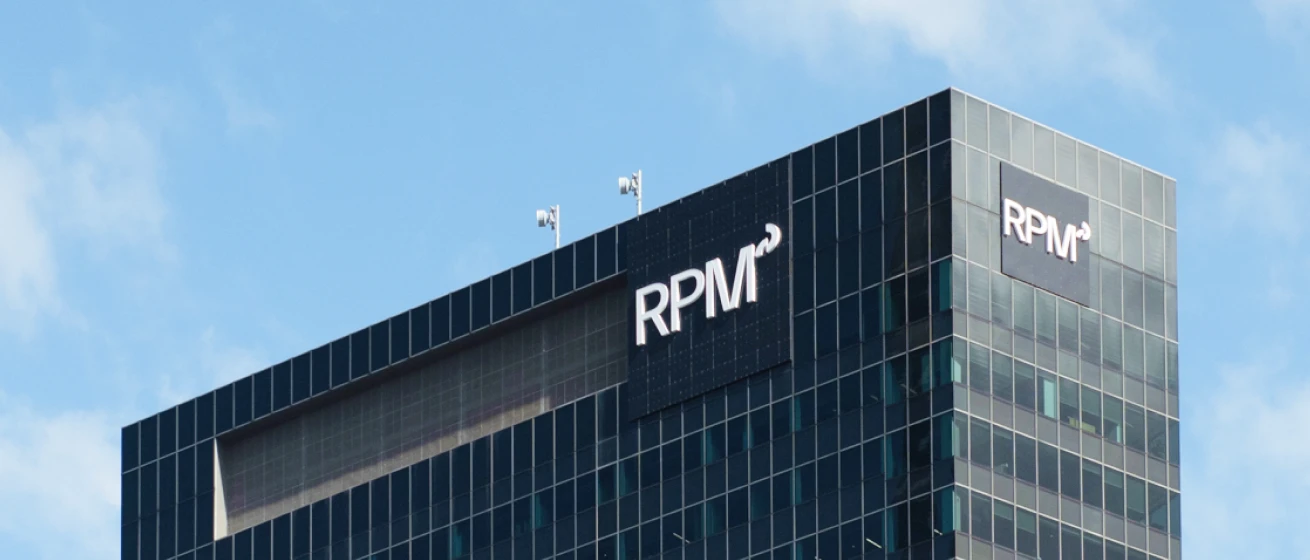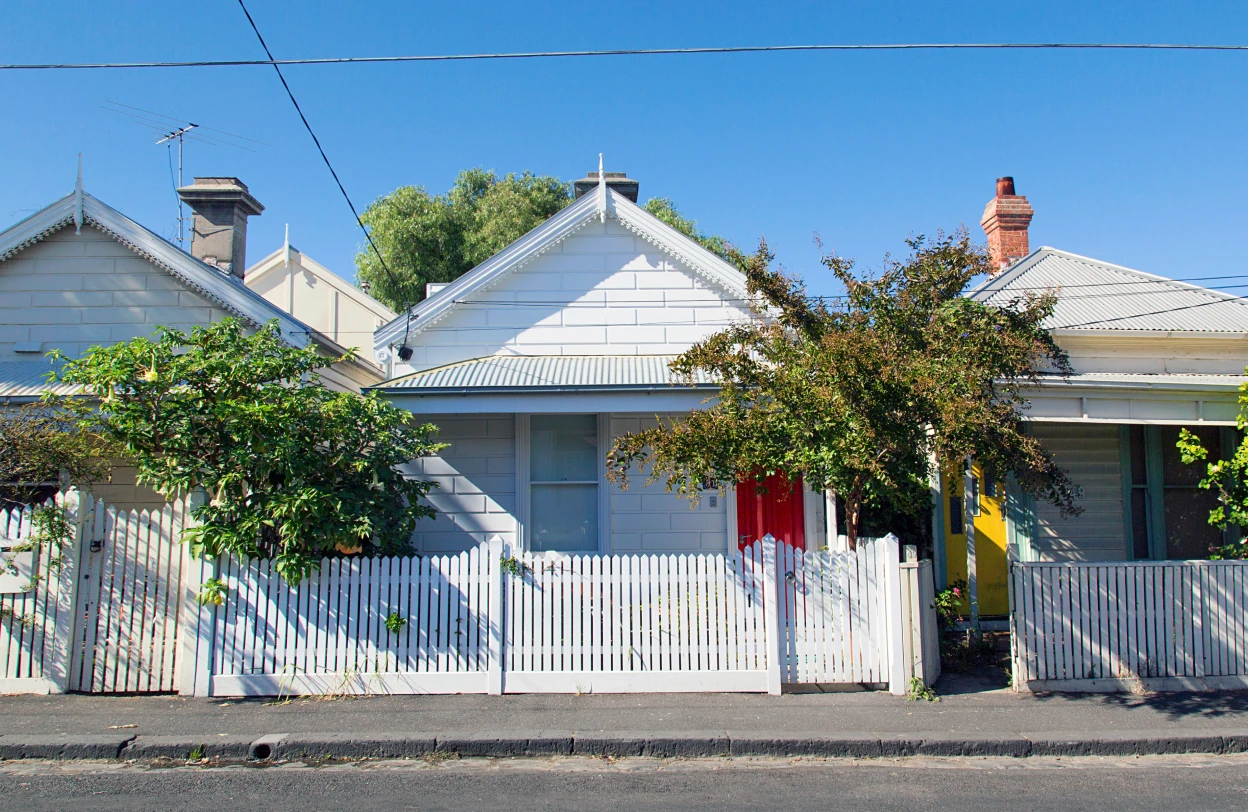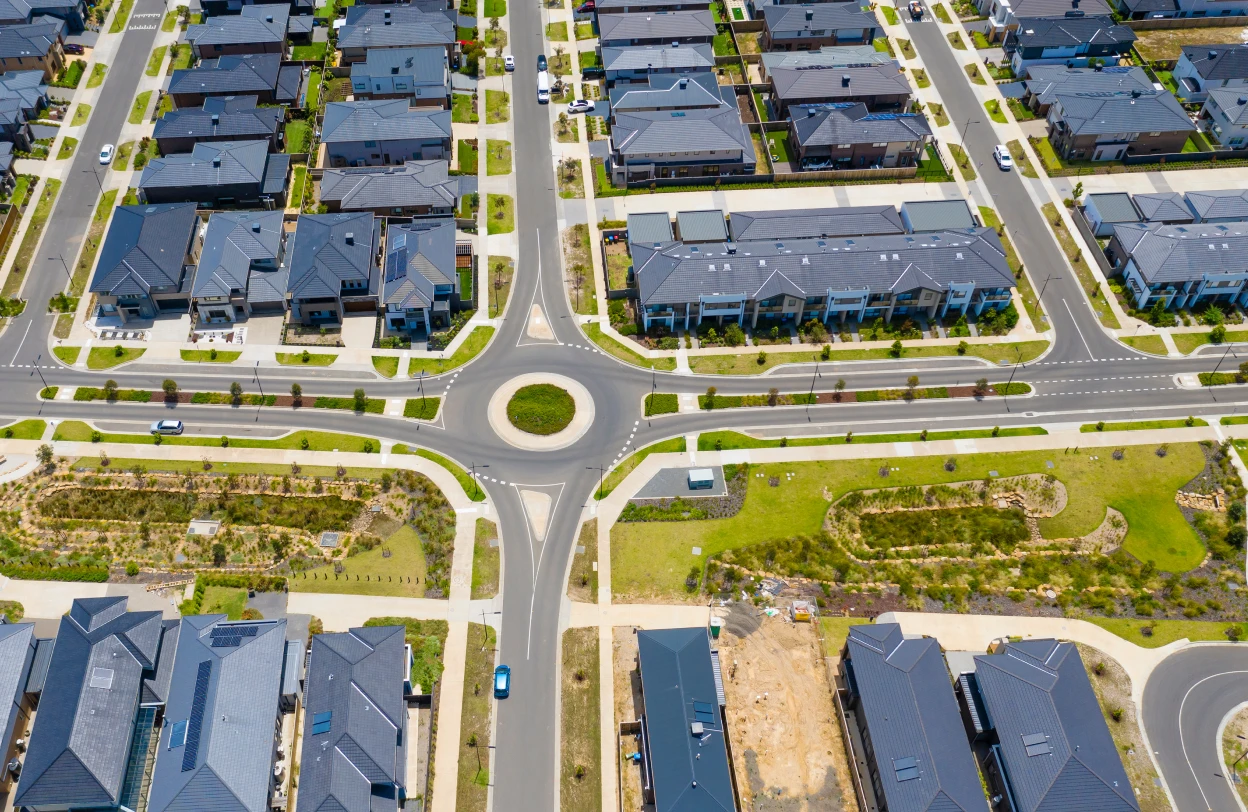From development land, residential land to townhomes whatever you are looking for RPM has the ideal location for you.
From development land, residential land to townhomes whatever you are looking for RPM has the ideal location for you.

Development Land
Specialists in sourcing and selling development land for commercial and residential projects. Explore current and past opportunities.

Residential Land
Across Australia’s East coast RPM has the ideal land to suit your lifestyle and dream home, explore the projects RPM is proud to be partners in selling.

Townhomes
With townhouses to suit every lifestyle and budget, find your perfect home today.

Apartments
Inner city & coastal new apartment projects. Explore our projects to find your perfect location and style of living.

RPM offer a comprehensive suite of professional services at every stage of your property journey.

RPM offer a comprehensive suite of professional services at every stage of your property journey.

Pioneering new benchmarks in property intelligence, know-how, and data-driven insights, read the RPM Group's story.

Our Story
Since 1994, RPM has grown to become the industry-leader with an expanding national presence; offering a comprehensive suite of services

Our Team
The heart of our business are the people who make it thrive. Discover the passion and dedication of our national team.

Careers
Our team of property experts is truly unparalleled. See how you can join this exceptional group and shape your future with us.

30.06.2024

The year began with stable interest rates, hinting at a potential recovery in property prices. However, hopes were dashed when the cash rate increased by 25 basis points in November 2023, significantly reducing buyer demand just as some stability in borrowing capacity had emerged.
This led to a continuous decline in auction clearance rates throughout the year, which remained well below historical averages.
Regardless of these setbacks, Melbourne experienced robust interstate migration, which buoyed demand in early 2024, despite the economic impacts of earlier rate hikes. Early in the new year, auction clearance rates saw a notable uptick, even with an increase in available properties.
Many buyers who postponed purchases in 2023 returned with larger down payments to secure homes before market conditions potentially deepened.
Additionally, there was a noticeable shift in buyer preferences towards units, particularly in the lower end of the market segment. This shift drove up demand and prices for units, contrasting with the challenges faced by the broader housing market.

Demand for new homes continued to falter due to various factors including the end of government incentives like the HomeBuilder Scheme, successive cash rate increases, and ongoing challenges in the construction sector.
Labour costs remained a significant driver of high building expenses, despite some stabilisation in material costs. The supply of new land remained restricted to avoid oversupply, which could further depress property prices.
To stimulate demand, developers continued to offer incentives and rebates ranging from 5% to 10% of the headline price, particularly for lots that had been on the market for an extended period.
In Q1 2024, Melbourne’s median lot price slightly decreased to $384,350, excluding incentives and rebates.
This article references findings from our Q1 2024 Economic and Residential Property Market Report.
You can see how this popup was set up in our step-by-step guide: https://wppopupmaker.com/guides/auto-opening-announcement-popups/
